Let the heavens rain down the Just One!
 The Annunciation
The AnnunciationRorate caeli desuper et nubes pluant iustum. Aperiatur terra et germinet Salvatorem.
Drop down the dew, ye heavens, from above, and let the clouds rain down the Just One: let the earth be opened, and bud forth a Saviour.
Isaias 45:8
This versicle appears throughout the Offices for Advent and is yet another example of how much more Scriptural the old Roman rite of the Catholic Church is compared with the new rite of Paul VI in which, sadly, it is almost never sung. Most modern Catholics do not even know that this most beautiful Advent antiphon even exists.
The full hymn is sung thus:
Rorate caeli desuper et nubes pluant iustum.
Ne irascaris Domine, ne ultra memineris iniquitatis: ecce civitas Sancti facta est deserta, Sion deserta facta est: Ierusalem desolata est: domus sanctificationis tuac et gloriae tuae, ubi laudaverunt te patres nostri.
Rorate caeli desuper, et nubes pluant iustum.
Peccavimus, et facti sumus tamquam immundus nos, et cecidimus quasi folium universi; et iniquitates nostrae quasi ventus abstulerunt nos: abscondisti faciem tuam a nobis, et allisisti nos in manu iniquitatis nostrae.
Rorate caeli desuper, et nubes pluant iustum.
Vide, Domini, afflictionem populi tui, et mitte quem missurus es, emitte Agnum dominatorem terrae, de Petra deserti montem filiae Sion: ut auferat ipse iugum captivatis nostrae.
Rorate caeli desuper, et nubes pluant iustum.
Consolamini, consolamini, popule meus: cito veniet salus tua:. quare moerore consumeris, quia innovavit te dolor? Salvabo te, noli timere: ego enim sum Dominus Deus, tuus, Sanctus Israel, Redemptor tuus.
Rorate caeli desuper, et nubes pluant iustum.
Listen to these Spanish monks singing the Rorate in the monastic church of their conventual home, calling upon God to forgive their sins as they await with joy, once again, the great Feast of the Birth of our Most Holy Saviour:
Drop down the dew, ye heavens, from above and let the clouds rain down the Just One!
Be not angry, O Lord, and remember no longer our iniquity : behold the city of Thy sanctuary is become a desert, Sion is made a desert. Jerusalem is desolate, the house of Thy holiness and of Thy glory, where our fathers praised Thee.
Drop down the dew, ye heavens, from above and let the clouds rain down the Just One!
We have sinned, and we are become as one unclean, and we have all fallen as a leaf; and our iniquities, like the wind, have taken us away; Thou hast hid thy face from us, and hast crushed us by the hand of our iniquity.
Drop down the dew, ye heavens, from above and let the clouds rain down the Just One!
See, O Lord, the affliction of Thy people, and send Him whom Thou hast promised to send. Send forth the Lamb, the Ruler of the earth, from the rock of the desert to the mount of the daughter of Sion, that He Himself may take off the yoke of our captivity.
Drop down the dew, ye heavens, from above and let the clouds rain down the Just One!
Be comforted, be comforted, my people; thy salvation shall speedily come. Why wilt thou waste away in sadness? Why hath sorrow seized thee? I will save thee; fear not: for I am the Lord thy God, the Holy One of Israel, thy Redeemer.
Drop down the dew, ye heavens, from above and let the clouds rain down the Just One!
With this extraordinarily beautiful hymn the prayer of the Church during Advent is lifted up to the heavens in song.
 Henry Tanner. The Annunciation. 1898
Henry Tanner. The Annunciation. 1898
...

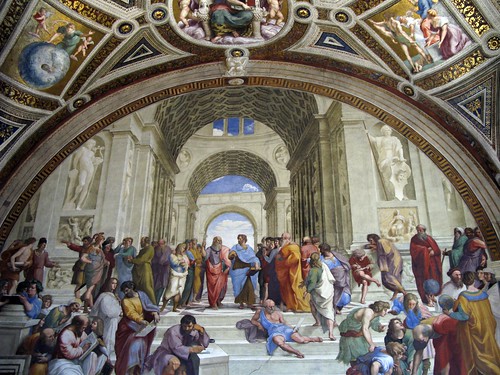











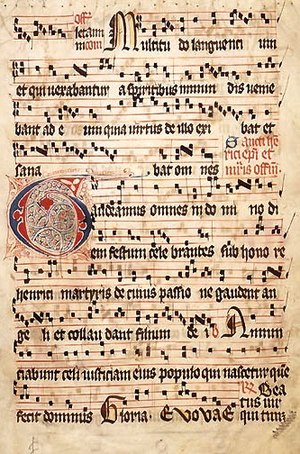

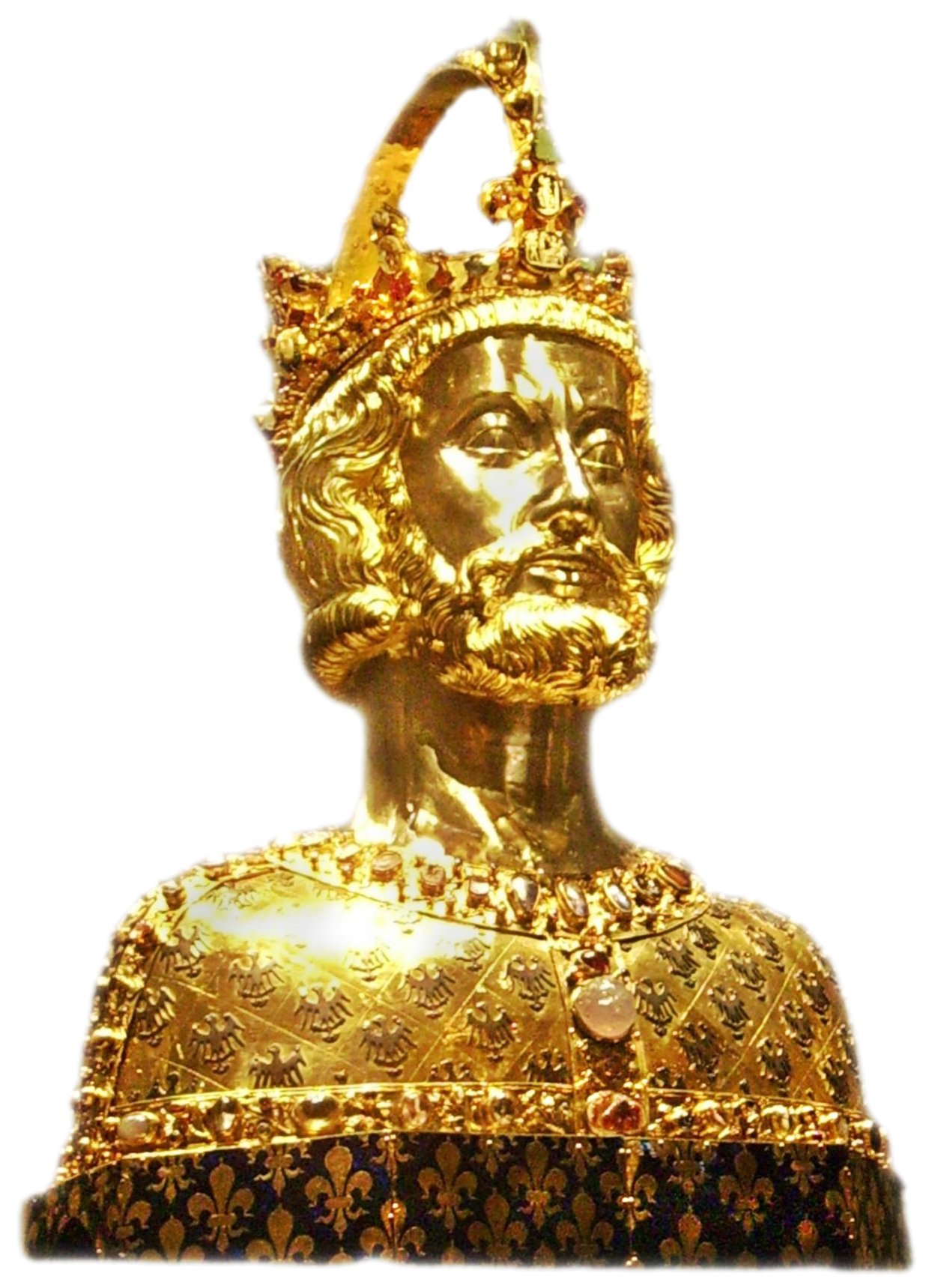



.jpg)


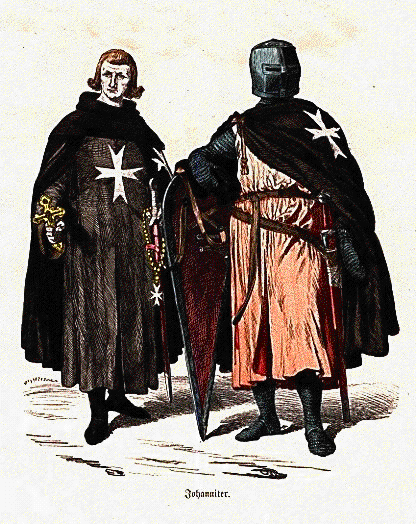

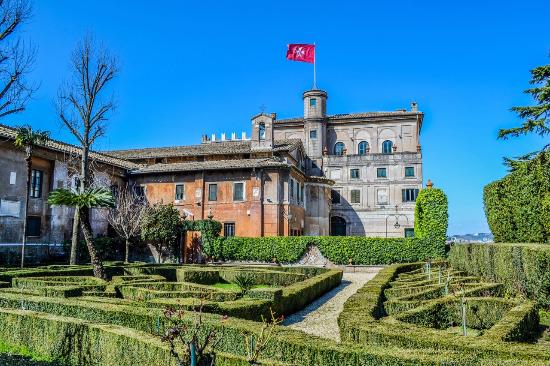


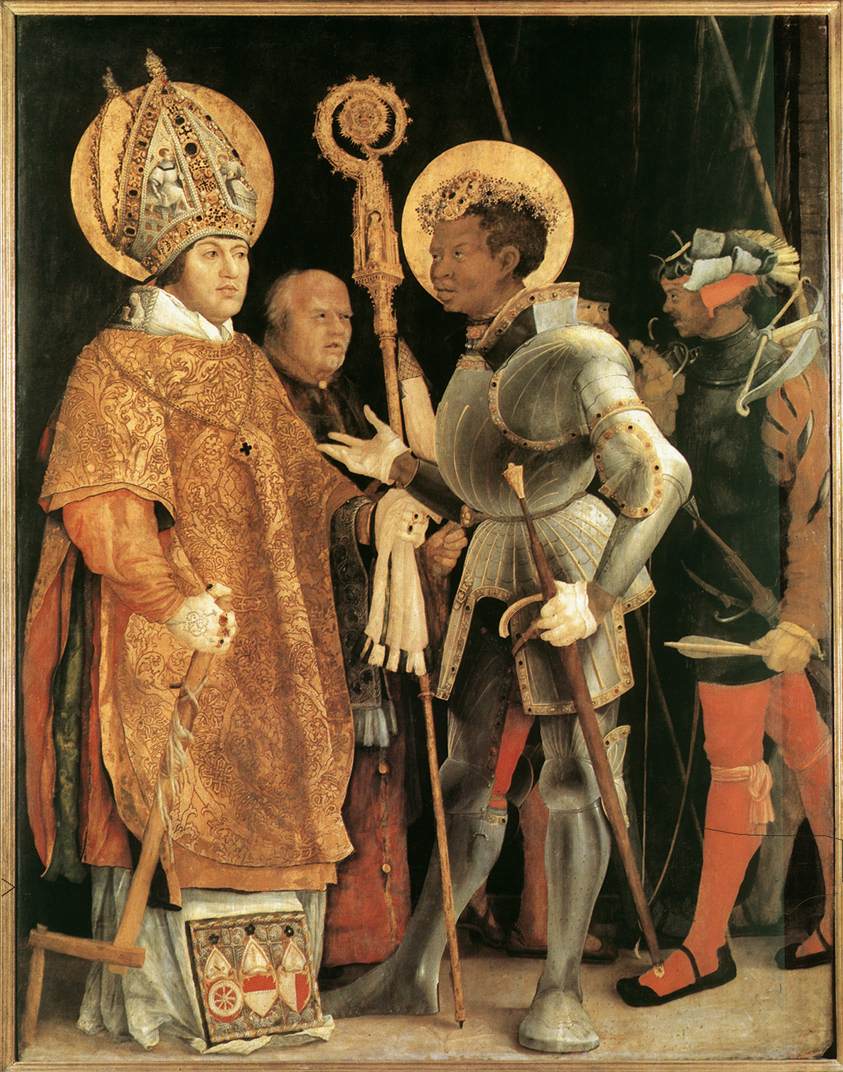
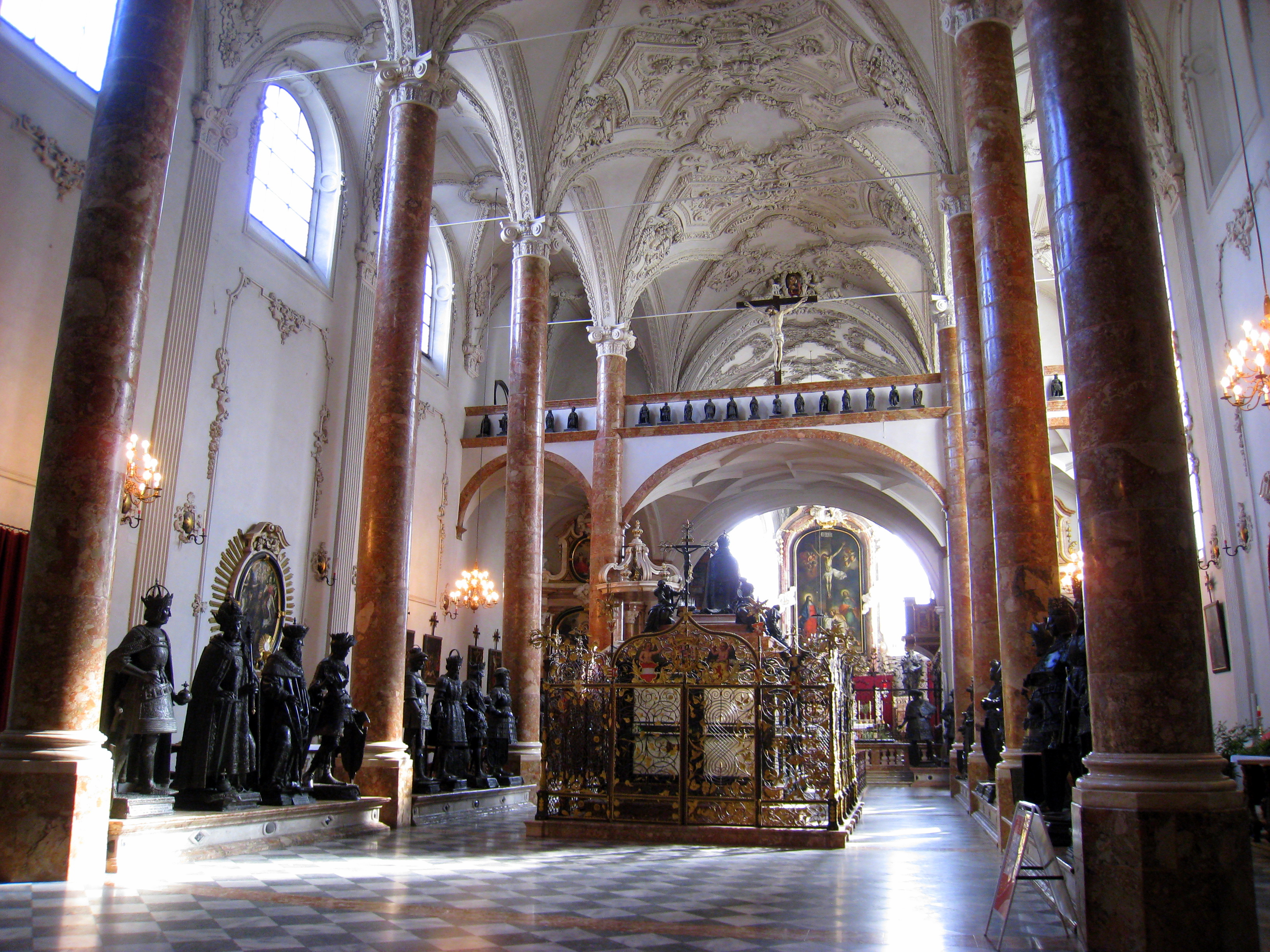


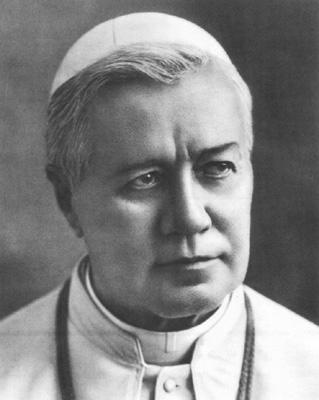






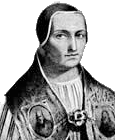






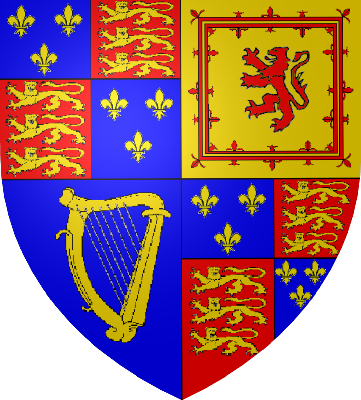
_-002.jpg/220px-Circle_of_Anton_Raphael_Mengs,_Henry_Benedict_Maria_Clement_Stuart,_Cardinal_York_(ca_1750)_-002.jpg)


